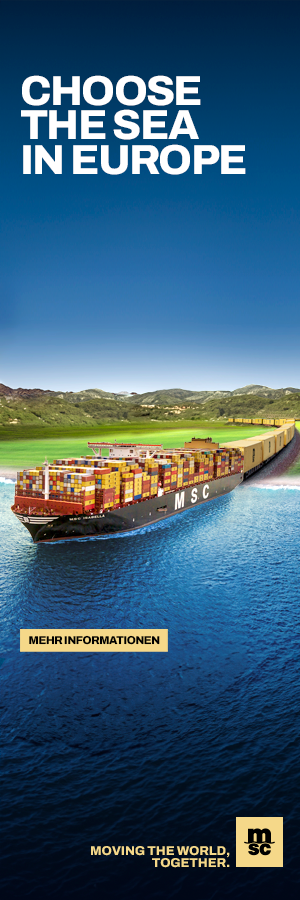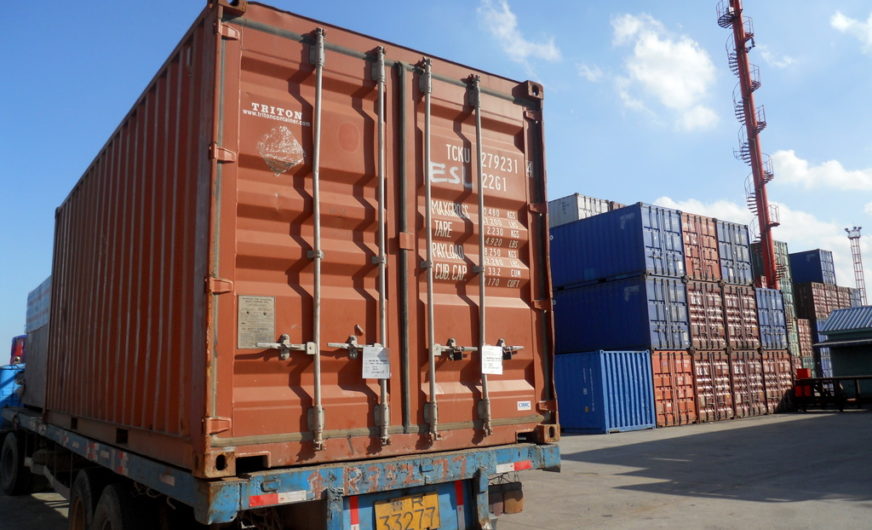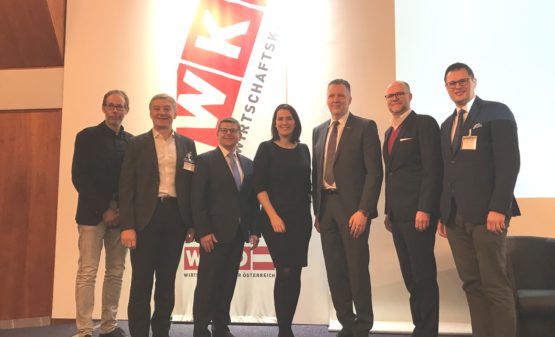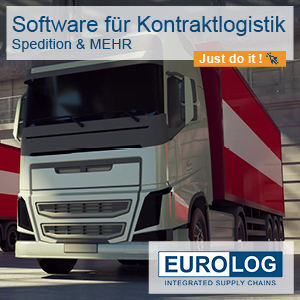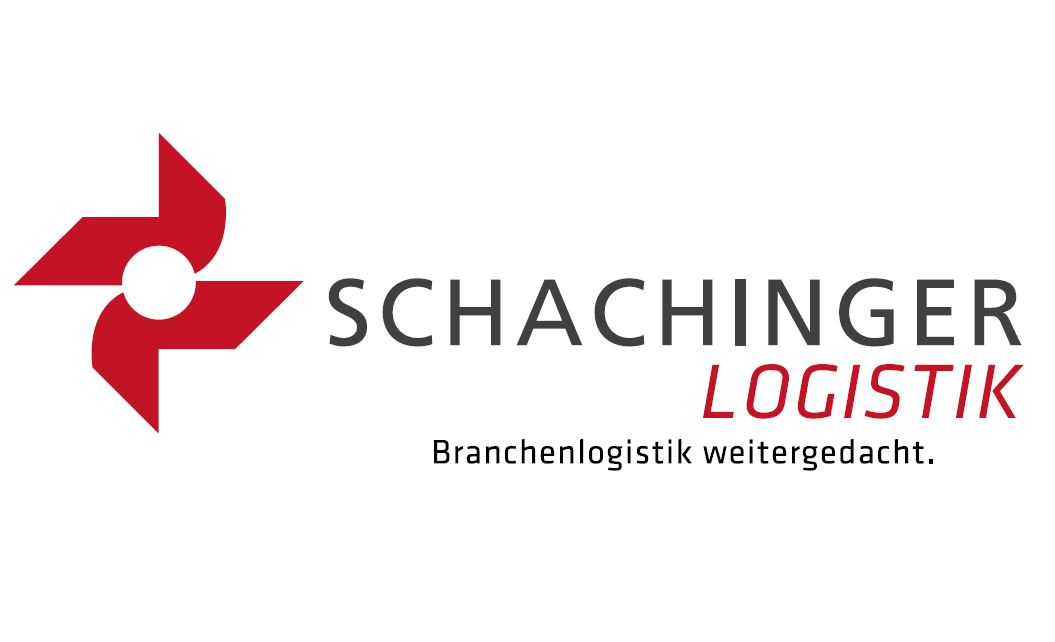Regarding the new regulations to confirm the gross weight, the GT Nexus Shipper Council demands a clearly defined, standardised procedure to declare the cargo weight. As containers often arrive at the terminals within only minutes before they are transhipped, a global standard definition of the allowed weight and the development of standard VGM communication (Verified Gross Mass) was indispensable, reads a press release published on 19 May.
Of the 162 countries that were signatories to the SOLAS treaty, only 10 have had guidelines and regulations published, which are all at different levels of finalisation. Given the multiple ocean carriers and port terminals that must be involved in the information exchange, the risk of massive disruptions to international cargo flows and global trade becomes a real possibility.
The GT Nexus Shipper Council is a business collaboration community, representing over 70 major shippers who collectively move over 7 million TEU of containerized freight each year. It recently formed a subcommittee that is leading efforts to address concerns and find operational solutions related to the SOLAS regulation, or Safety of Life at Sea.
New SOLAS requirements go into effect on July 1, 2016, stating that all packed containers must have verified gross mass weights reported to the carrier before loading. Shippers, beneficial cargo owners or non-vessel-operating common carriers are responsible for verifying weights. Shippers are required to communicate verified weights in a shipping document.
Despite recent guidance from OCEMA, there continues to be a general lack of clarity among the shipping community as to acceptable tolerances, who is legally responsible, how or if ports and terminals will be involved, and what happens in situations such as near-dock loading, street turns, and supplier compliance. Considering that there are multiple ports, countries and carriers each developing their own guidelines, the need for a global process standard is critical.
The GT Nexus Shipper Council is finding that some ports are trying to find ways to engage while others are leaving it to the individual terminals to determine their own best practices and ways to enforce the policy.
“This can and will impact shippers and carriers heavily if ports or terminals require VGM to be reported before containers can be gated in,” said Michelle Cummings, VP of Ocean Services at GT Nexus. “This has the potential to create global port and terminal congestion that could make recent historic West Coast port slowdown look tame.”

